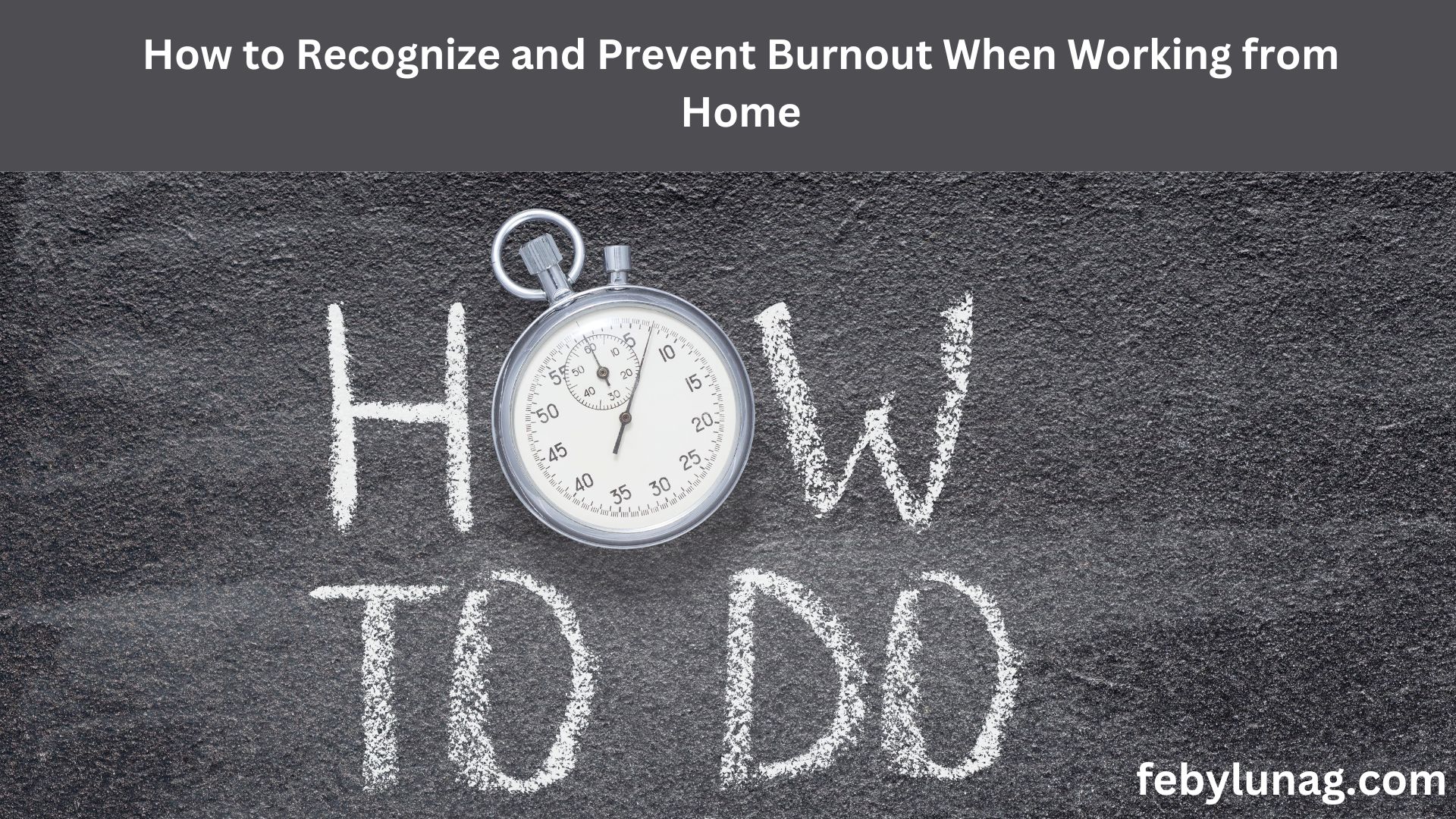The rise of remote work has unlocked freedom, flexibility, and the power to work from anywhere. But it also comes with a hidden danger—burnout. When your home becomes your office, the boundaries blur. You may find yourself working longer hours, skipping breaks, or constantly feeling the pressure to “do more.”
Burnout is not just being tired—it’s chronic stress that leads to physical, mental, and emotional exhaustion. If left unchecked, it can derail your productivity, your health, and your love for the work you once enjoyed.
In this comprehensive guide, we’ll explore how to recognize burnout, the key signs to watch for, and most importantly, how to prevent it as a remote professional.
What Is Burnout?
Burnout is a state of emotional, mental, and physical exhaustion caused by excessive and prolonged stress. It occurs when you feel overwhelmed, emotionally drained, and unable to meet constant demands.
Common Causes of Burnout in Remote Work:
- Lack of clear boundaries between work and personal life
- Always being “on” due to notifications and messages
- Overload of tasks and unrealistic expectations
- Social isolation and loneliness
- Poor time management or lack of structure
Warning Signs of Burnout
Burnout develops gradually. By the time it’s full-blown, it can be difficult to recover. That’s why recognizing the early signs is critical.
| Physical Symptoms | Emotional Symptoms | Behavioral Symptoms |
|---|---|---|
| Headaches | Anxiety | Withdrawal from others |
| Sleep problems | Irritability | Procrastination |
| Fatigue | Feeling helpless | Missing deadlines |
| Stomach issues | Loss of motivation | Avoiding responsibilities |
If you identify with multiple symptoms from each column, it’s time to take action.
The Burnout Spectrum: Stages You Should Know
Burnout often progresses through these phases:
| Stage | Description |
| 1. Enthusiasm | You’re highly engaged and excited about work |
| 2. Stress Onset | You start feeling overwhelmed, but push through |
| 3. Chronic Stress | Energy decreases, small tasks feel hard |
| 4. Burnout | Complete emotional exhaustion and detachment |
| 5. Habitual Burnout | Burnout becomes your normal state of being |
Intervening early—ideally at Stage 2 or 3—can prevent long-term damage.
1. Establish Clear Boundaries
When your kitchen table becomes your desk, boundaries are critical.
Tips to Create Work-Life Separation:
- Set a start and end time for your workday
- Create a dedicated workspace (even a small corner will help)
- Use rituals to signal work is over (closing your laptop, lighting a candle)
- Communicate availability with your clients or team
2. Prioritize Rest and Recovery
Rest is not a reward—it’s a requirement.
Ways to Build in Rest:
- Take microbreaks (5 minutes every hour)
- Use the Pomodoro technique (25 min focus, 5 min break)
- Schedule full days off regularly
- Avoid checking emails after work hours
3. Use a Task Management System
Trying to remember everything leads to mental overload.
Recommended Tools:
| Tool | Purpose |
| Trello | Visual task management |
| Notion | All-in-one workspace for notes/tasks |
| Todoist | Daily to-do list organizer |
| Asana | Project and team task tracking |
Organizing your workload helps reduce anxiety and brings clarity.
4. Maintain Social Connection
Isolation is a silent contributor to burnout.
How to Stay Connected:
- Schedule weekly virtual coffee chats
- Join freelancer or remote worker communities
- Host co-working sessions on Zoom
- Attend online workshops or networking events
Even casual chats can uplift your mood and reduce stress.
5. Practice Stress-Reducing Techniques
Stress is inevitable, but it doesn’t have to control you.
Effective Practices:
- Mindful breathing (inhale 4, hold 4, exhale 6)
- Meditation (apps: Headspace, Calm, Insight Timer)
- Exercise (walking, dancing, stretching)
- Journaling for emotional release
| Technique | Benefit |
| Deep breathing | Calms nervous system |
| Guided meditation | Enhances mental clarity |
| Physical movement | Boosts endorphins |
| Gratitude journaling | Shifts focus to the positive |
6. Get Quality Sleep
Chronic sleep deprivation mimics burnout symptoms.
Sleep Hygiene Tips:
- Stick to a consistent sleep schedule
- Limit screen time 1 hour before bed
- Create a calming nighttime routine
- Use blackout curtains or eye masks
Aim for 7–9 hours per night to recharge your body and mind.
7. Learn to Say No
Overcommitting leads to burnout. Every “yes” should align with your goals and capacity.
Tips to Say No Gracefully:
- “I’d love to, but I’m fully booked right now.”
- “Thanks for thinking of me, but I can’t take on more at this time.”
- “Let me check my schedule and get back to you.”
Saying no protects your energy for the right opportunities.
8. Create a Burnout Prevention Plan
Don’t wait for burnout to strike—plan ahead.
Sample Prevention Plan:
| Area | Strategy |
| Schedule | 9–5 work hours, no weekend work |
| Workspace | Declutter weekly, add calming items |
| Self-care | Yoga 2x/week, journaling nightly |
| Support | Biweekly check-in with peer or mentor |
Review this plan monthly and adjust as needed.
9. Seek Professional Help When Needed
If burnout has reached a serious stage, don’t hesitate to get support.
Options:
- Talk to a therapist or counselor (many offer online sessions)
- Use mental health apps for guided help
- Speak with your supervisor or HR if employed
There’s no shame in seeking help—it’s a sign of strength.
10. Celebrate Progress, Not Just Productivity
Remote professionals often tie their value to output. But you are more than your to-do list.
Try This:
- Keep a “wins” journal
- End each week by writing down 3 things you’re proud of
- Acknowledge emotional or mindset shifts as achievements
Recognizing progress keeps you motivated and prevents burnout from creeping in.
Final Thoughts
Working from home offers incredible benefits—but only if we protect our energy, manage our boundaries, and care for our mental health. Burnout doesn’t have to be the price of remote freedom. With awareness, planning, and proactive self-care, you can create a remote work life that’s productive, peaceful, and sustainable.







Leave a Reply